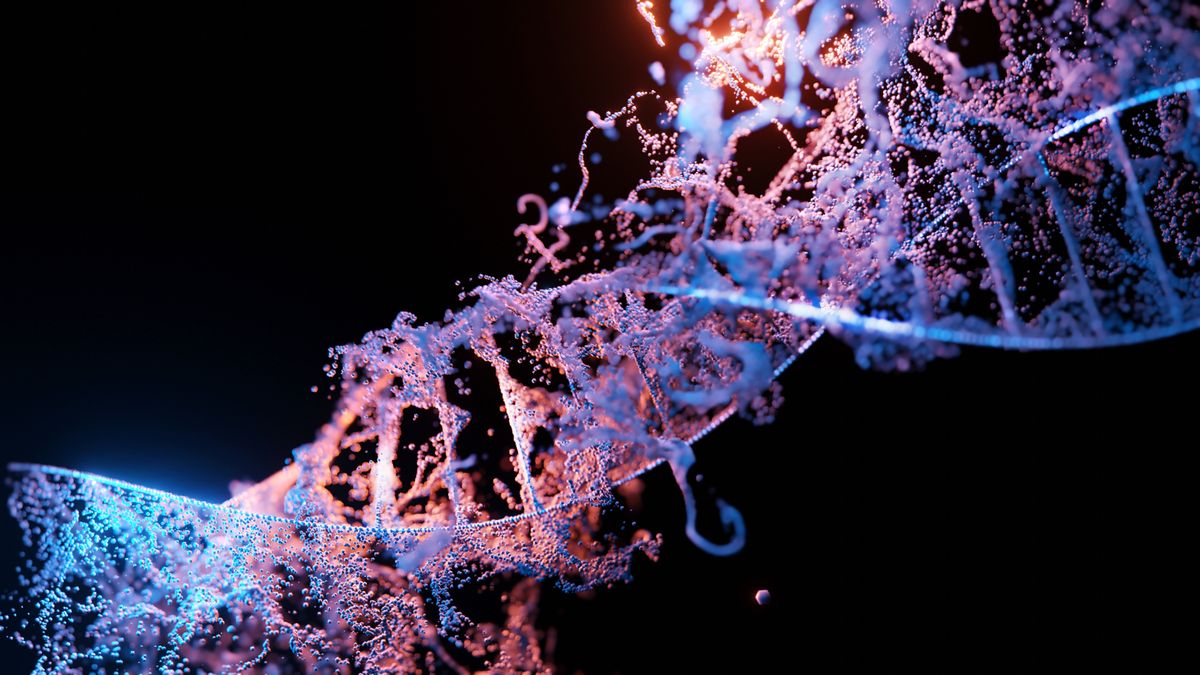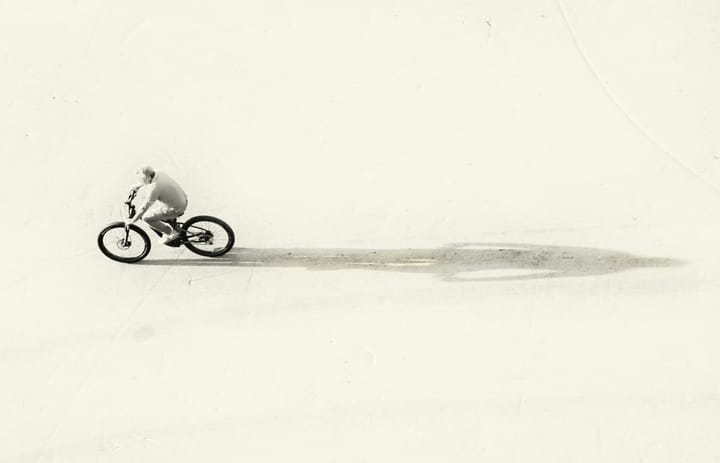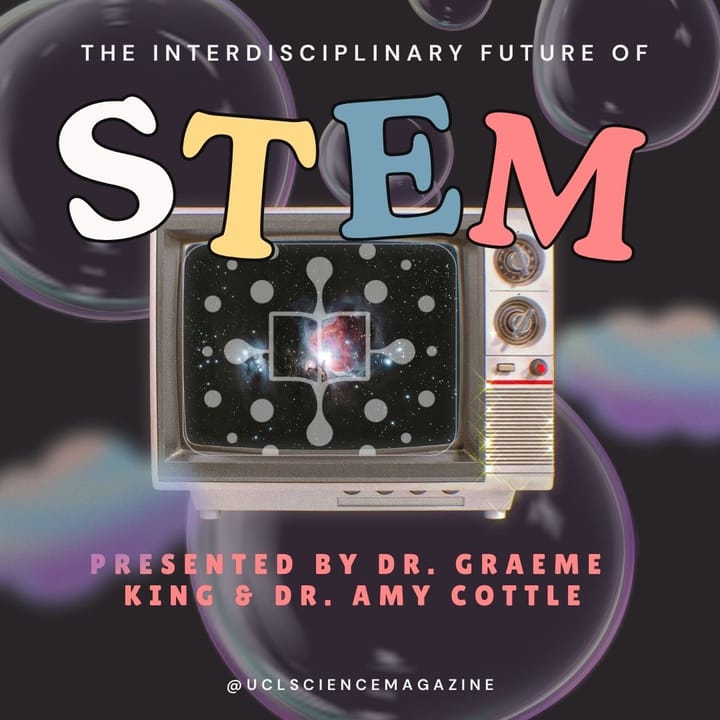Researchers at the University of Surrey use quantum physics to unlock the secrets of spontaneous DNA mutations. By Shriraam Thiagarajan
DNA mutations are known to occur regularly, most of which have no observable effects to an organism on a macroscopic level. Since the dawn of modern biology, we have regarded this process as somewhat routine, with little randomness - or so we once thought. However, our ever-expanding knowledge of quantum physics is beginning to shed light on the mechanisms of DNA mutations, showing us just how mistaken we were [1].
Before considering the effects of quantum phenomena, it is important we lay out a model of DNA to understand its structure and function. DNA is a 3D polymer (a large-chain molecule made up of a repeated pattern of smaller molecules, or monomers). A DNA molecule consists of 2 polynucleotide strands aligned in an antiparallel direction. These two chains give DNA its famous double helix structure; comparable to the side rails of a ladder, holding life together. Each nucleotide in this chain consists of a phosphate, deoxyribose sugar and nitrogenous base. The base dictates how two nucleotides bond together via hydrogen bonding [2].
When DNA replicates, the two polynucleotide strands are split into individual strands, then free nucleotides (adenine (A), thymine (T), cytosine(C), and guanine (G)) bind to the polynucleotide strand; A bonds to T via a double hydrogen bond and C bonds to G via a triple hydrogen bond. Incorrect pairing between these bases has implications in future replication steps due to the semi-conservative nature of DNA. This may occur spontaneously if a proton transfers from one base to another; for instance a proton transferring from C would result in it having to bond via a double hydrogen bond. Such events lead to the formation of rare tautomers, which are isomers of the conventional nitrogenous bases and characteristically fails to engage in complementary pairing [3]. Ultimately, acquisition of such mutations in DNA may have macroscopic effects on an organism.
Now the question arises - how can the proton transfer between base sites randomly? This occurs via a process called quantum tunnelling. This process is nothing like classical physics (physics you observe in your day to day). If a ball doesn’t have enough kinetic energy to reach the other side of a hill it will stay on one side of the hill. However, at a quantum mechanical scale if we replace the ball with a particle and the hill with a potential barrier (some arbitrary barrier that requires energy to overcome), then on occasion the particle can tunnel through to the other side of the potential barrier [4]. When thinking about quantum physics, a probabilistic approach is taken to understand and predict most systems. A particle’s position is not at a point, instead it is described via a probability distribution where there are different probabilities of a particle being at each point (this is a fundamental law of nature) [4]. Now consider not a particle travelling towards the potential barrier, but a probability density changing with time, as though it is moving towards the barrier. Most of the probability density can be imagined to reflect back like a wave, hence tunnelling is unlikely to occur. However some transfers to the other side. This is analogous to the phenomena of light being both reflected and transmitted through a boundary between glass and air, allowing us to see through the glass and our reflection at the same time. By developing this analogy, it becomes clear that particles can tunnel through to the other side of a barrier. Overall, such analogies are classical interpretations of quantum phenomena that help scientists understand these unintuitive processes.
If you apply this concept to the protons in DNA and consider the gap between nucleotide base pairs of two DNA strands as the potential barrier (i.e the gap between A and T or C and G), then it is clear that there is always some probability that a proton involved in the bond between bases could transfer between these sites. The individual theories explained have been considered true for many decades, but combining them in a model was the true achievement of the research paper [1]. The model uses mathematics and computing to demonstrate that the probability of a proton transferring from one base site to another, whilst accounting for quantum tunnelling, is 10000 times more likely at 300K (roughly human body temp) than that in the classical modelling of DNA mutations [1]. This demonstrates that quantum phenomena occurs even at the scale of the building blocks of life.
Overall, this research paper shows perspective in explaining more than just one process; it pushes the boundaries of quantum phenomena beyond the domain of physics. This now puts to question whether we can ever mechanistically subdue spontaneous DNA mutations, or is this randomness our shortcoming? This paper implies that in theory we will never be able to minimise mutations, but we can only continue to expand our ever-growing biophysical knowledge to gain new insight.
References:
[1] Slocombe, L., Sacchi, M. & Al-Khalili, J. An open quantum systems approach to proton tunnelling in DNA. Commun Phys 5, 109 (2022).
[2] Pray L. Discovery of DNA Double Helix: Watson and Crick | Learn Science at Scitable [Internet]. Nature.com. 2022 [cited 21 September 2022]. Available from: https://www.nature.com/scitable/topicpage/discovery-of-dna-structure-and-function-watson-397/
[3] Gheorghiu A, Coveney P, Arabi A. The influence of base pair tautomerism on single point mutations in aqueous DNA. Interface Focus. 2020;10(6):20190120.
[4] Liberg Ø. Quantum tunnelling. Research Gate [Internet]. 2020 [cited 21 September 2022];. Available from: https://www.researchgate.net/publication/345631159_Quantum_tunnelling





